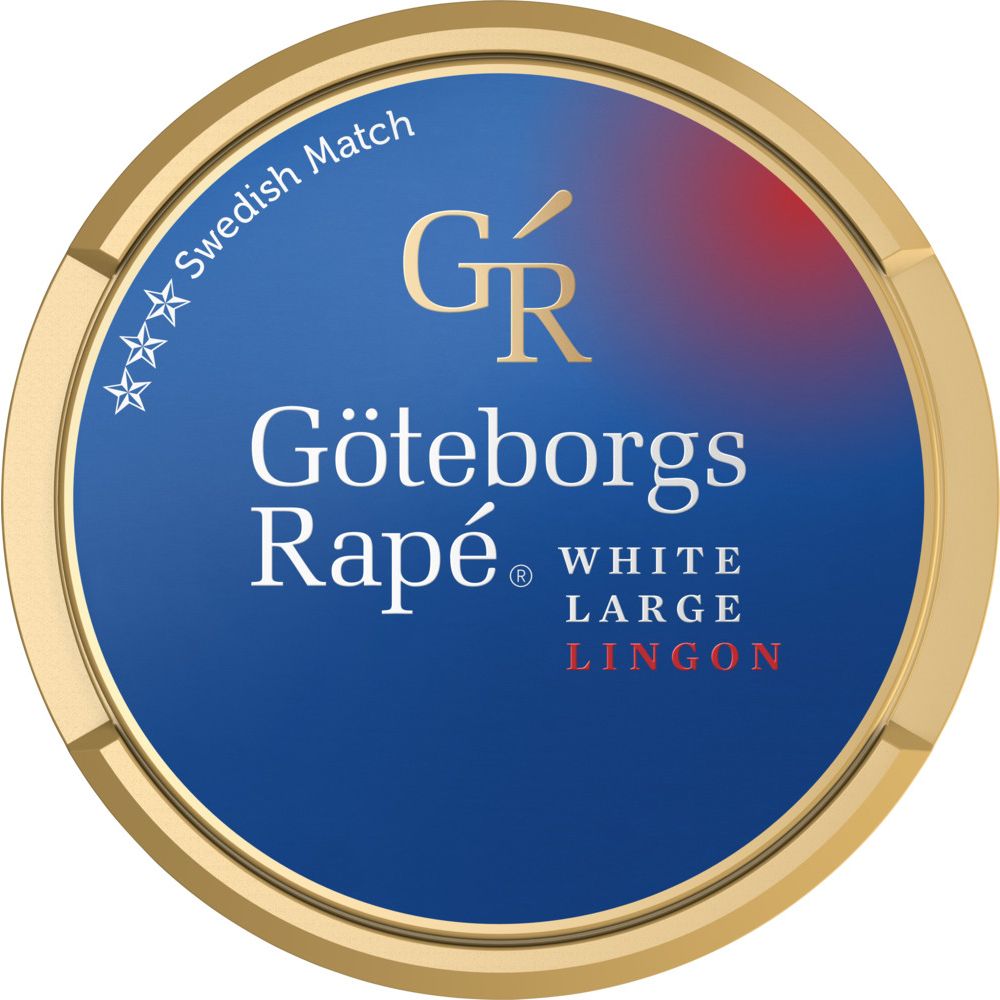

Although now extinct, Gaulish is in the same family tree as other Celtic languages spoken today, like Scottish Gaelic, Irish, and Breton (in northwestern France). The Gauls were a group of Celtic tribes from present-day Germany who crossed into northeastern France, bringing with them their Celtic language-Gaulish-which was Indo-European. The French often repeat the phrase Nos ancêtres, les Gaulois "Our ancestors, the Gauls" when speaking of their cultural and linguistic heritage, but their influence was actually quite limited. A number of Germanic tribes (2nd-6th century).None of these groups were Indo-European, the common ancestor language for languages spoken over the greater part of Europe and Asia, but soon a number of newcomers would show up with a variety of Indo-European languages that mixed with, competed with, and eventually replaced these original languages. Ready for an adventure? On y go! ("Let’s go!" in Franglais 😉)īy 800 BCE in what is now France, there were three groups living, working, and speaking their languages in neighboring territories: the Ligurians (in Provence, southeastern France) speaking Ligurian, the Iberians (in Languedoc, south-central France) speaking Iberian, and the Aquitani (in southwestern France) speaking Basque.

Like many other languages, including English, the history of French is one of conquest, cultural mixing, and standardization, with geography, political power, and prestige all playing a role. But how did French get to these places? Has it always been there? And how has it changed over time? Today French is spoken on five of seven continents, is an official language in 29 independent nations and has unofficial or secondary status in 30+ others.


 0 kommentar(er)
0 kommentar(er)
